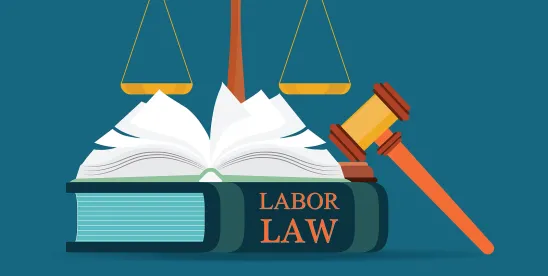Employers sometimes find it necessary to make the difficult decision to undergo a reduction-in-force (RIF), resulting in employee layoffs and/or terminations. Before moving forward with an RIF, employers should develop an implementation gameplan to help minimize legal risk and ensure the process goes as planned. Selection decisions should not run afoul of Equal Employment Opportunity (EEO) and other laws relating to employee terminations. Some initial considerations include the following:
- Selection Criteria. Are there established criteria to assist in determining who will be laid off or terminated, e.g., performance reviews, job duties, position elimination, years of services/seniority? In other words, what are the non-discriminatory business reasons for the selection decisions? Is there contemporaneous documentation supporting the proposed selection decisions? In a unionized workforce, does the applicable collective bargaining agreement govern the criteria and process for layoffs?
- Manager Training. Before conducting layoffs or a RIF, managers involved in making selection decisions should be properly trained to help ensure compliance with EEO laws, i.e., decisions must be based on non-discriminatory and non-retaliatory business reasons.
- Disparate Impact Analysis. Depending on the size of the RIF, consider having your legal counsel conduct a privileged and confidential disparate impact analysis to evaluate whether the proposed selections would have a disproportionate impact on certain protected groups of employees, e.g., based on race, age, gender, disability, etc. Although the current U.S. Equal Employment Opportunity Commission (EEOC) does not consider disparate impact among its enforcement priorities, disparate impact remains a viable claim under federal and state laws, and employees can still assert disparate impact claims.
- RIF Meetings and Script. Who will conduct the RIF meetings with employees? Has that person been trained on conducting such meetings? A best practice is to utilize and stick to an established RIF script.
- WARN Act. Do the RIF trigger federal Worker Adjustment and Retraining Notification Act (WARN) or comparable state (mini-WARN Act) notice obligations? For example, does the RIF meet the WARN Act’s definition of a “mass layoff,” i.e., when 50 or more employees (making up at least 33% of the workforce) will be laid off and the layoffs are expected to exceed six months, requiring at least 60 days advance written notice of layoff?
- Severance Program and Release Agreements. Does company policy, employment contracts, and/or collective bargaining agreements require severance pay in the event of a layoff or termination? Is severance in exchange for employees signing a release agreement? If so, federal law (the Age Discrimination in Employment Act and Older Workers Benefits Protection Act) establishes specific requirements for severance programs where release agreements are offered to two or more employees, e.g., employees age 40 and older must be provided 45 days to consider the release agreement and seven days to revoke their signature after signing, along with specific written information regarding the individuals selected and not selected for the RIF (commonly referred to as an Exhibit A to the release agreement). Some state laws also have similar requirements for release agreement.
- Voluntary vs. Involuntary RIF Programs. Has the company considered a voluntary separation incentive program before implementing an involuntary RIF? For a unionized workforce, a voluntarily program likely will require mandatory bargaining with the union.
- Employment Contracts. It is important to be aware of whether any affected employees have entered into employment contracts with the company. In addition to the legal requirements discussed in this article, the company also must comply with any termination-related contract obligations such as severance and notice period requirements.
- Outplacement Services. Will the company offer outplacement services (usually as part of the consideration for a release agreement) for a period of time to help employees transition to other employment?
The above are just a few considerations when contemplating a RIF. Every RIF has its own unique set of issues and challenges. The goal is to implement a RIF in a manner that helps ensure compliance with applicable federal and state laws and minimizes the risk to the company. If you are considering a RIF, you should consult with your labor and employment attorney.




 />i
/>i
